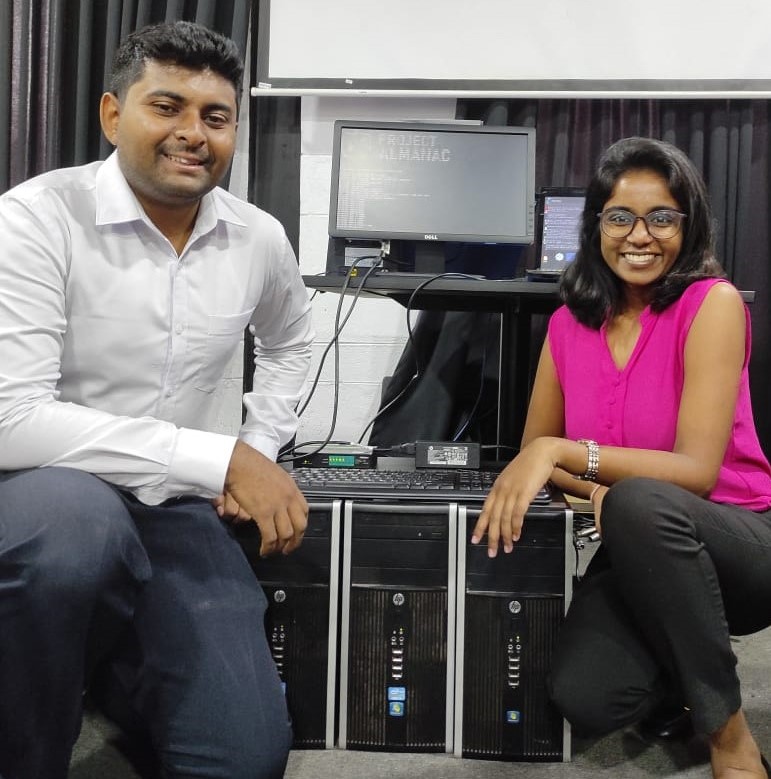Introduction
From an Idea to a Final Year Project.
Timetable scheduling is a complicated and resource-intensive task. Even the most basic timetables like timetables for educational institutions generate huge amounts of data and require huge amounts of processing power to tackle. Thus, most institutions use manual labour for scheduling timetables taking into consideration the time, cost and price constraints. The proposed solution aims to tackle these problems in all three domains. The solution thus proposed is titled ‘Project Almanac’. Project Almanac was initiated with three main outcomes in mind.
- Identify and tackle the complex problem that scales exponentially.
- Integrate machine learning and/or artificial intelligence to optimize the solution.
- Develop the architecture for cost reduction, improved scalability and modularity.







